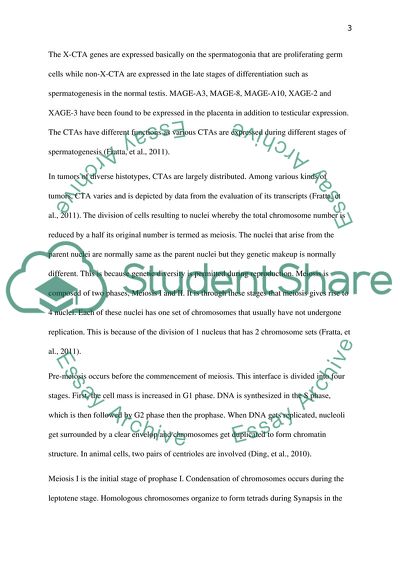Cite this document
(“Cancer testis antigens (CTAs) Literature review”, n.d.)
Cancer testis antigens (CTAs) Literature review. Retrieved from https://studentshare.org/biology/1639423-cancer-testis-antigens-ctas
Cancer testis antigens (CTAs) Literature review. Retrieved from https://studentshare.org/biology/1639423-cancer-testis-antigens-ctas
(Cancer Testis Antigens (CTAs) Literature Review)
Cancer Testis Antigens (CTAs) Literature Review. https://studentshare.org/biology/1639423-cancer-testis-antigens-ctas.
Cancer Testis Antigens (CTAs) Literature Review. https://studentshare.org/biology/1639423-cancer-testis-antigens-ctas.
“Cancer Testis Antigens (CTAs) Literature Review”, n.d. https://studentshare.org/biology/1639423-cancer-testis-antigens-ctas.


